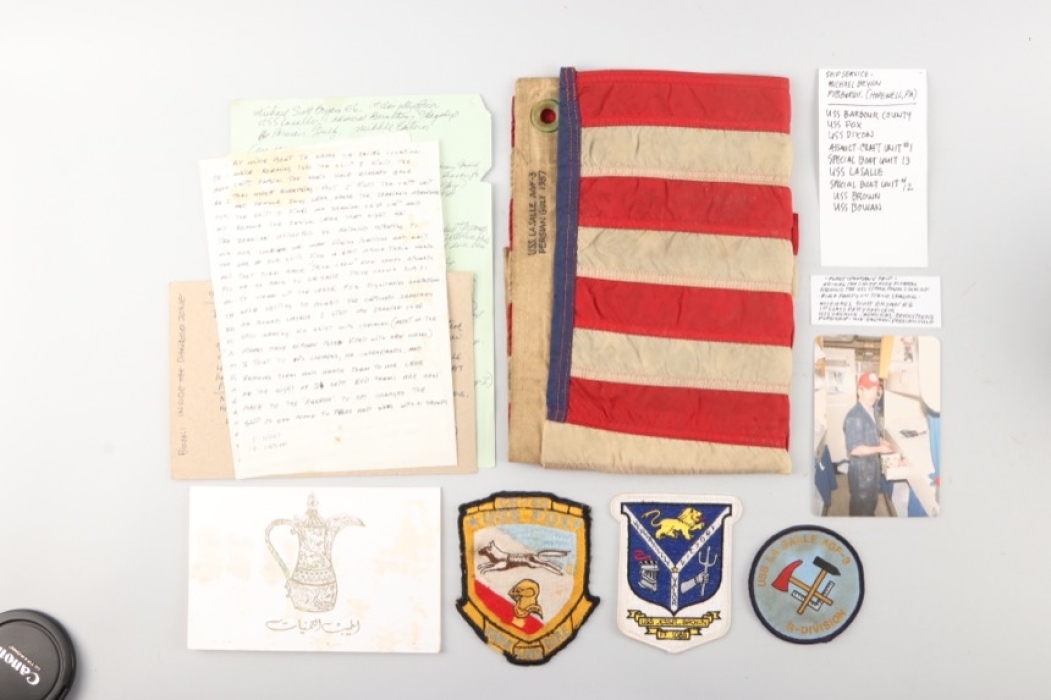2nd USA auction
Bidding on 1036 lots has ended on 22nd October 2022. 74% of all lots sold
-
PAYMENT
-
HOW CAN I PAY FOR MY ORDER?
AUCTIONSYou will receive an e-mail confirming your successful bids the day after the auction has ended. In your personal my ratisbon's you will be able to inform us about your most convenient payment method for this order or tell us about an alternative shipping address.
If we don’t hear from you within 24 hours, we will send an invoice choosing the payment and shipping options which we think are the most comfortable ones to you. If you decide to change your shipping or payment method after receiving your invoice, just drop us a line or visit my ratisbon's/ORDERS for any more details.
SHOP ORDERSChoose your payment method when ordering and submit your order. Once your order has been received we will send an invoice including your shipping costs and your payment instructions.
After receiving the invoice, the order must be paid within 7 days.
Please contact us to discuss layaway options.To learn more about paying at ratisbon's, please see your FAQ pages.
WE ACCEPT FOLLOWING PAYMENT METHODS
-
-
Versand
-
HOW DO YOU SHIP MY NEW TREASURES?
PACKING & TRACKINGWe usually send out orders within 1-3 working days after your payment has been received. In most cases, we are faster than this! We will inform you when your goods are being dispatched and provide a tracking number, In addition, you can always check your order status at my ratisbon's/ORDERS. Delivery times will vary depending upon the delivery destination and type of shipping service you have chosen.
SHIPPING TO ALTERNATIVE ADDRESSIf you prefer to have your order shipped to your work address or a friend during your absence, we will happy to arrange this for you. Send us an email letting us know about your new shipping address and we will be happy to send an updated invoice to you.
OUR LOGISTIC PARTNERS ARE AS FOLLOWS
-
-
OUR GUARANTEE
-
 OUR GUARANTEE!
OUR GUARANTEE!We only offer collectables which to the best of our specialists knowledge are authentic. About 15% of all consignments are returned to the consignor after extensive research due to authenticity issues.
Unlike traditional auction houses we do offer a full right of return. If you are not satisfied with what you won or bought, you may return it within 14 days. Please inform us and we will instruct you on how to return the goods. For more information, please visit FAQ pages.
Important note: Cancelling bids after an auction may disappoint the consignor, who like you is a collector. This situation is easy to avoid. We encourage you not to bid on any collectable if you are unsure if it fits into your collection. Ask us to cancel your bid 24 hours prior to the end of an auction to avoid this situation.
-
COUNTRY United States from 1945
DIMENSIONS
WEIGHT
 US LOT 62-1034
US LOT 62-1034EAN 3000000009062
 US LOT 62-1034
US LOT 62-1034PERIOD 1945 — present
COUNTRY United States from 1945
MATERIAL
DIMENSIONS
MAKER
WEIGHT
COUNTRY United States from 1945
 US LOT 62-1034
US LOT 62-1034DIMENSIONS
EAN 3000000009062
MAKER
WEIGHT
Group of M. Bryan - USS Stark Chief Fire Fighter
Description
Michael S. Bryan E6 1st Class Petty Officer’s memento consists of some personal letters, a U.S. Flag flow on the U.S.S. LASALLE AGF-3 during mission on the Persian gulf in 1987,
Bryan was also the chief fire fighter on board of the U.S.S. Stark.
3 patches, one USS LA SALLE AGF-3 R-Division, U.S.S. Fox CG-33 and U.S.S. JESSEL BROWN FF1089.
USS Stark was part of the Middle East Task Force assigned to patrol off the Saudi Arabian coast near the Iran–Iraq War exclusion boundary. At the time, the United States Central Command identified the attacking aircraft as an Iraqi Dassault Mirage F1 fighter. However, later reporting has asserted that the attacking aircraft was a Dassault Falcon 50 business jet which had been modified with a radar and missile hard-points to carry two AM-39 Exocet missiles for anti-shipping operations. The F1EQ-5 variant of the Mirage F1 operated by Iraq at the time was only capable of carrying a single Exocet. Iraq had previously used modified Falcon jets in civilian markings to conduct covert photographic reconnaissance in the Persian Gulf to avoid attracting suspicion.
Initially not alarmed, at 22:09 Captain Glenn R. Brindel ordered a radioman to send the message: "Unknown aircraft, this is U.S. Navy warship on your 078 (degrees) for twelve miles. Request you identify yourself." The Iraqi pilot did not respond to the message. The ship's captain ordered a second message sent, to which there was no reply. At 22:10 Captain Brindel was informed the Iraqi aircraft had targeted his ship, locking his Cyrano-IV fire-control radar onto Stark. The Iraqi aircraft then fired the first Exocet missile 22 miles (35 km) from the ship, and the second Exocet from 15 miles (24 km). The pilot then banked left and began to withdraw.
Stark's search radar, ESM and CIWS systems failed to detect the incoming missiles. The first Exocet missile struck the port side of the ship near the bridge. Although it failed to detonate, rocket fuel ignited and caused a large fire that quickly spread throughout the ship's post office, storeroom, and the critical combat operations center (where the ship's weapons are controlled).
The second Exocet also struck the port side, 30 seconds later. This missile detonated, leaving a 10 by 15 ft (3.0 by 4.6 m) hole in the frigate's left side. Electronics for Stark's Standard Missile defense went out and Captain Brindel could not order his men to return fire. An AWACS plane was still in the area and just after witnessing the attack, radioed a nearby Saudi airbase to send aircraft for an interception, but the ground controllers did not have the authority to order a sortie and the Iraqi jet left unharmed. The USN (United States Navy) rules of engagement applicable at the time allowed Stark to defend herself after sufficiently warning the hostile aircraft. A total of 37 crew were killed in the attack, 29 from the initial explosion and fire, including two lost at sea. Eight later died from their injuries. Twenty-one others survived their wounds.
Captain Brindel ordered the starboard side flooded to keep the hole on the hull's port side above water. This helped prevent the Stark from sinking. Brindel quickly dispatched a distress call after the first missile hit. It was received by USS Waddell, which was in the area, and USS Conyngham with two-thirds of its crew on liberty in Bahrain. Waddell and Conyngham arrived to provide damage control and relief to Stark's crew. According to the Pentagon, an Iranian helicopter joined a Saudi Arabian vessel to aid in rescue operations.
Condition
1-
Seller
History Trader Inc., 521 Thorn Street #165, Sewickly, PA 15143-0165, USA


